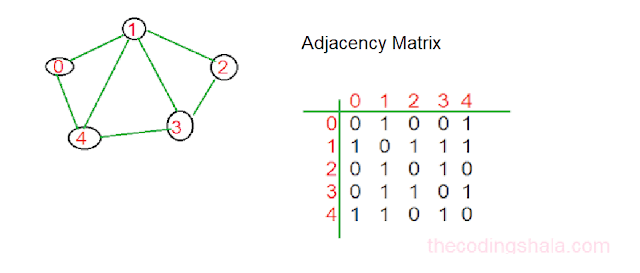New Year Chaos Solution - The Coding Shala
New Year Chaos Problem Solution
New Year Chaos Solution in Java
Approach / Explanation
First, eliminate the chaotic case. Any person who is more than 2 positions ahead[left side] from their original position can not be there so return "Too chaotic" for that.
we know only a maximum of two bribes allowed so a person can only move back by number-2. For num, inner loop will be [num-2, arr.length-1] or [0, arr.length-1] (if num-2<0). The bribe count is all the numbers that are greater than the current number.
Let's understand this by an example:
Here, person 4 is not its original position so all the numbers that are greater than 4 must have bribed 4 at some time and move to the left. 4 have [6,8,7, and 5] numbers ahead that mean these people must have bribed 4 and moved to left.
Note: Here 4 has not bribed anyone because it is not ahead of its original position.
Like this 7, and 8 are ahead of 6 and we can find for others in the same way.
In the above example the total number of bribes are:
So we need to check through the queue in front of you and count all the numbers that are greater than you and that are the total number of bribes.
import java.io.*; import java.math.*; import java.security.*; import java.text.*; import java.util.*; import java.util.concurrent.*; import java.util.regex.*; public class Solution { // Complete the minimumBribes function below. static void minimumBribes(int[] q) { int ans = 0; for(int i=q.length-1;i>=0;i--){ int ch_pos = q[i]-(i+1); if(ch_pos>2) { System.out.println("Too chaotic"); return; } else{
//find starting index
//range[num-2, arr.length] or 0 to length int st = Math.max(0,q[i]-2); for(int j=st;j<i;j++){ if(q[j]>q[i]) ans++; } } } System.out.println(ans); } private static final Scanner scanner = new Scanner(System.in); public static void main(String[] args) { int t = scanner.nextInt(); scanner.skip("(\r\n|[\n\r\u2028\u2029\u0085])?"); for (int tItr = 0; tItr < t; tItr++) { int n = scanner.nextInt(); scanner.skip("(\r\n|[\n\r\u2028\u2029\u0085])?"); int[] q = new int[n]; String[] qItems = scanner.nextLine().split(" "); scanner.skip("(\r\n|[\n\r\u2028\u2029\u0085])?"); for (int i = 0; i < n; i++) { int qItem = Integer.parseInt(qItems[i]); q[i] = qItem; } minimumBribes(q); } scanner.close(); } }
Other Posts You May Like
- LeetCode - Climbing Stairs
- LeetCode - Jewels and Stones
- Fibonacci Series
- LeetCode - Contains Duplicate
- Maximum Absolute Difference



it will be great if you explain solution
ReplyDeleteint st = Math.max(0,q[i]-2);
ReplyDeletefor(int j=st;jq[i]) ans++;
}
can you please explain logic behind this code?
Approach and the logic behind this code added.
Delete